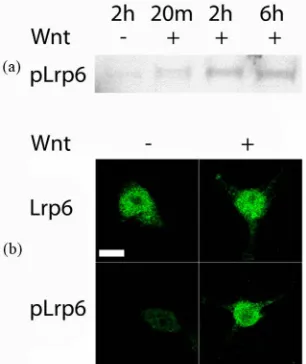Phosphorylated low density lipoprotein receptor related protein 6 is prevalent in hippocampal progenitor cells and circuits of aged human hippocampus
Full text
Figure


Related documents
The Adomian decomposition method provides an efficient and computationally convenient method for generating approximate series solutions to a wide class of equations.. In order
To sum up, TLR4 agonist LPS promotes proliferation of liver cancer cells by affecting cell cycle; LPS is able to activate COX2/PGE2 signal axis within cells and
Development of an ASIC preamplifier for electromagnetic sensor probes for monitoring space electromagnetic environments Ozaki et al Earth, Planets and Space (2016) 68 91 DOI 10
News-print and production paper consumption account for 2 million tonnes of which 1.2 million tonnes of news-print paper is manufactured in India and the remaining 0.8
Violation the structural and energy compliance in any material system gives rise to different types of energy transfer such as light, heat, electricity and others,
It has recently been reported a case of left mesial temporal lobe epilepsy due to hippocampal sclerosis, with concordant MRI and EEG, presenting with a seizure semiology
This research assumes that perceived investment (i.e. personalization, learning) and perceived benefit (i.e. hedonic value, utilitarian value) play a joint role in the development
And then the outer rotor profile, based on the inner rotor profile, is developed via analytical approach and computationally graphical approach stated in Section 3.. The last